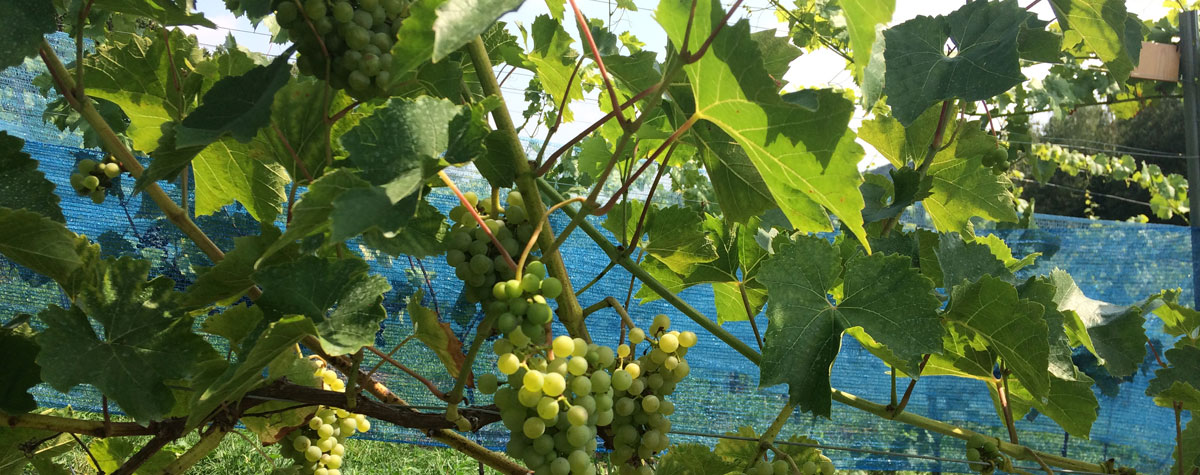Safety cultivar = the cultivar you plant in a cold climate to make sure you have at least some wine to sell each year without too much hassle.
Solaris is planted across northern Europe, including England, Belgium, The Netherlands, Germany, Poland, Denmark and Sweden.

In northern Germany, for example, the Brinkmann family of Bad Iburg in Lower Saxony planted 0.75ha of Solaris in 2018.
As a result of the high vigour potential of the site (above) and cultivar, a small yield was achieved in 2019 (350kg). According to Jan Brinkmann (above), the eldest of three sons and the driving force behind the push into wine, the choice of Solaris as one of three cultivars planted “was based on the need to set the vineyard up to be sustainable from the outset, both in terms of reducing chemical use and financially. Our hope is that this first venture into wine is a success that we can build on and, so far, we are very happy with the results. The wine made from the Solaris shows real promise with a distinct pineapple-tropical fruit aroma profile.”
The latest research also supports the claim that Solaris is a PIWI (Pilzwiderstandsfähige-fungal disease resistant) cultivar to watch.
In a very recently published research paper from Belgium, Cecile Chenot (2019) identified similarities between Chardonnay and Solaris in relation to thiols (sulfur containing aroma compounds) including those associated with grapefruit and gunflint aromas.
Duilio Porro (2019)and team from Italy undertook a study of the berry physical parameters of disease resistant/tolerant cultivars including Solaris. Interestingly, they found that while Solaris had one of the thicker skins, the skin hardness was below average and berry firmness only average.
In a second study conducted by the same Italian team, Stefano Pedo (2019) looked at canopy and yield components of the same group of cultivars. The results concur with the classifications in the table below.
The key aspects to consider if you are contemplating planting Solaris:
Information sourced from personal experience and VIVC Database, DLR Rheinland Pfalz, and Staatliches Weinbauinstitut Freiburg.
James Wright is an international viticulture and management consultant and author of www.vitisynth.com and the newsletter VitiSynthesis.













.png)






